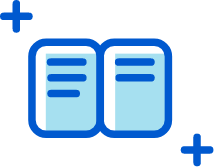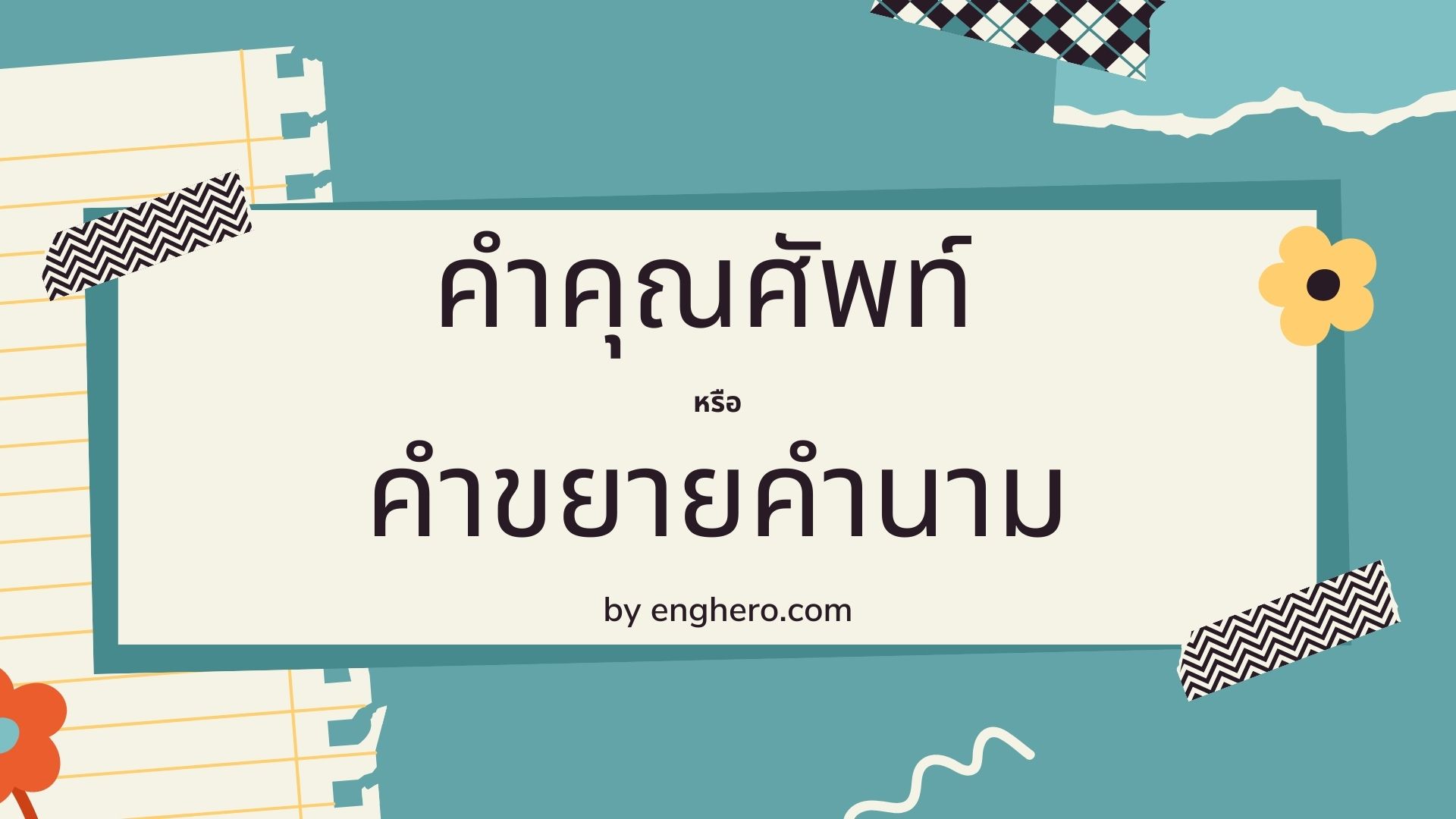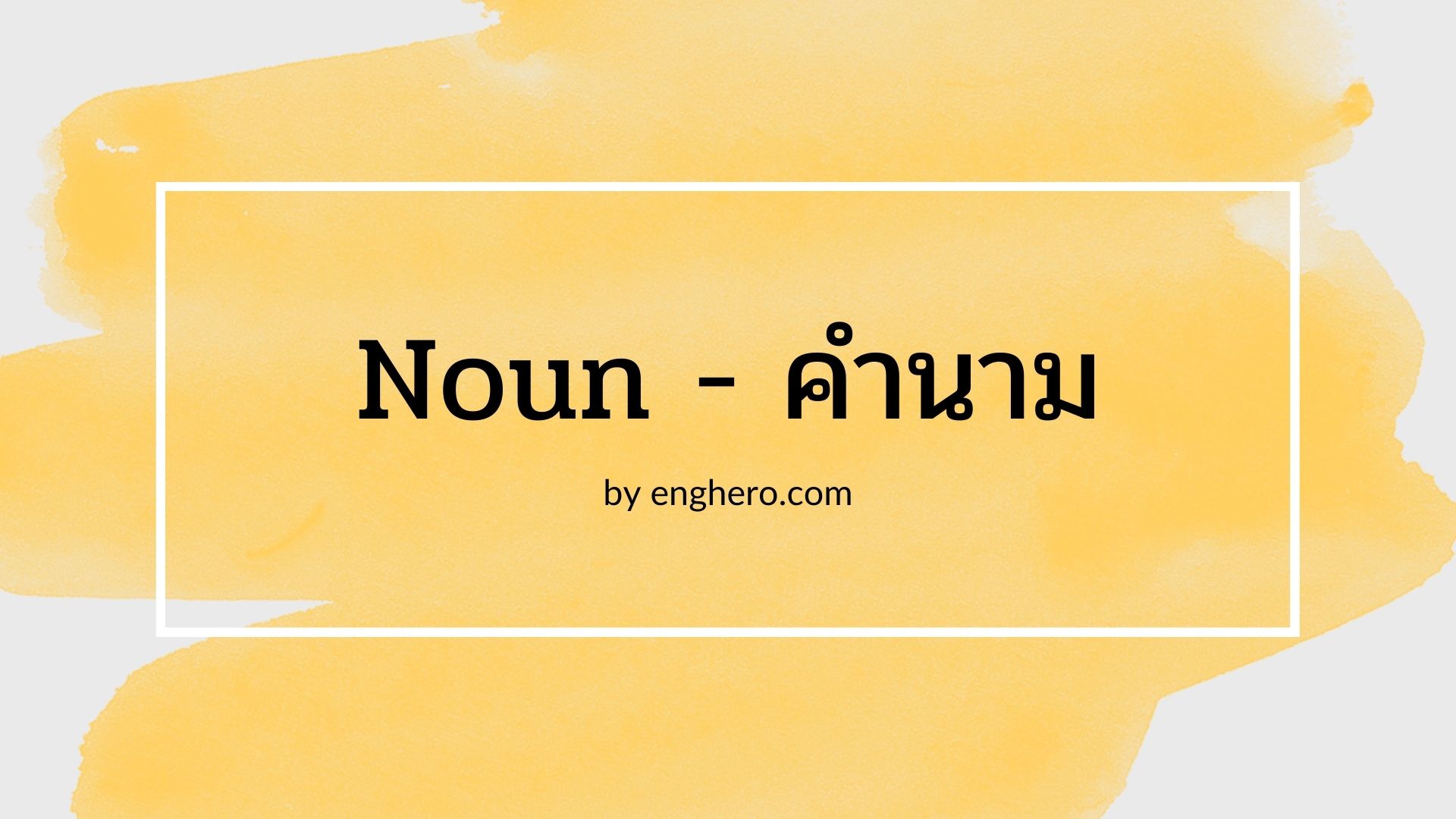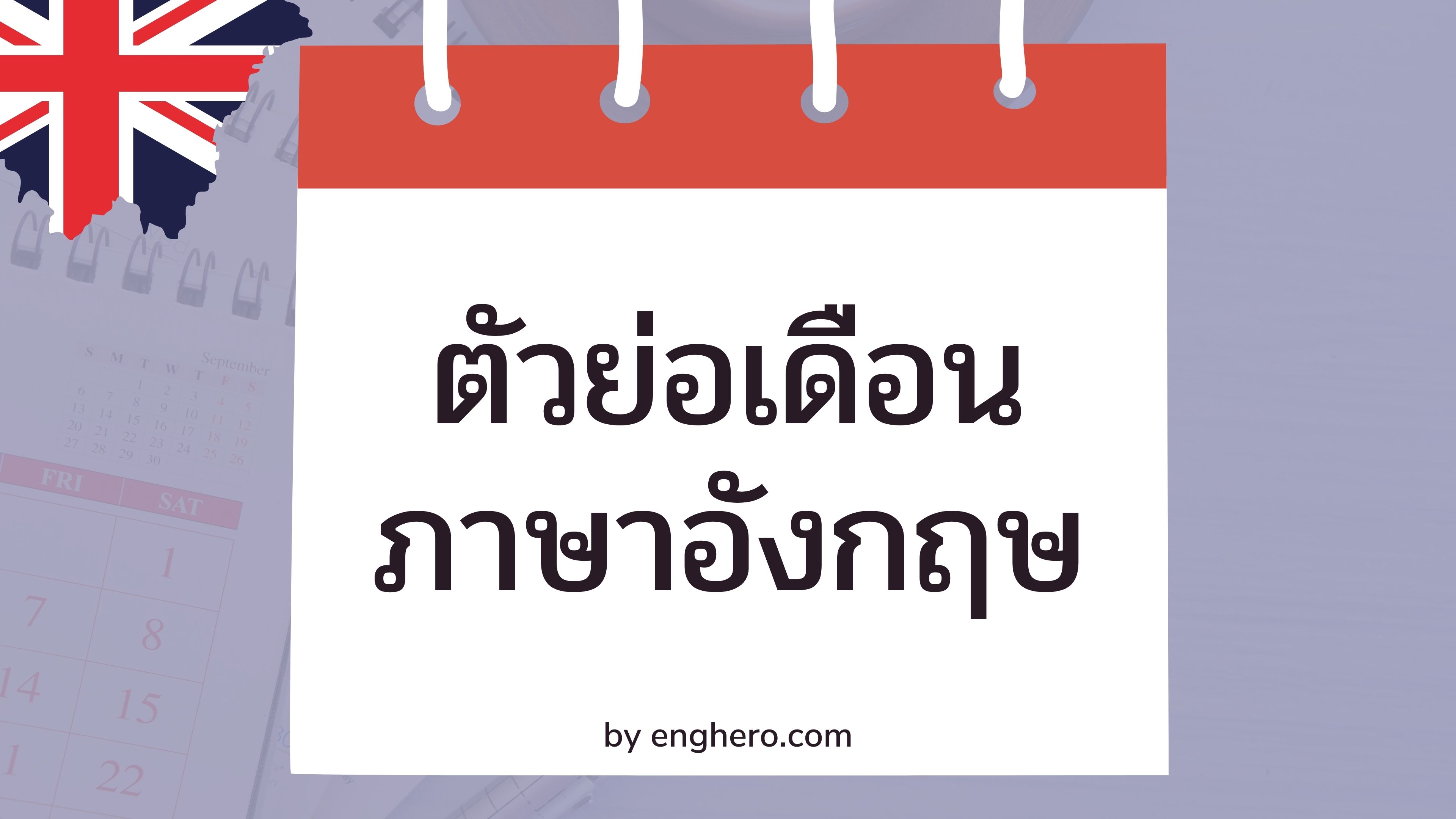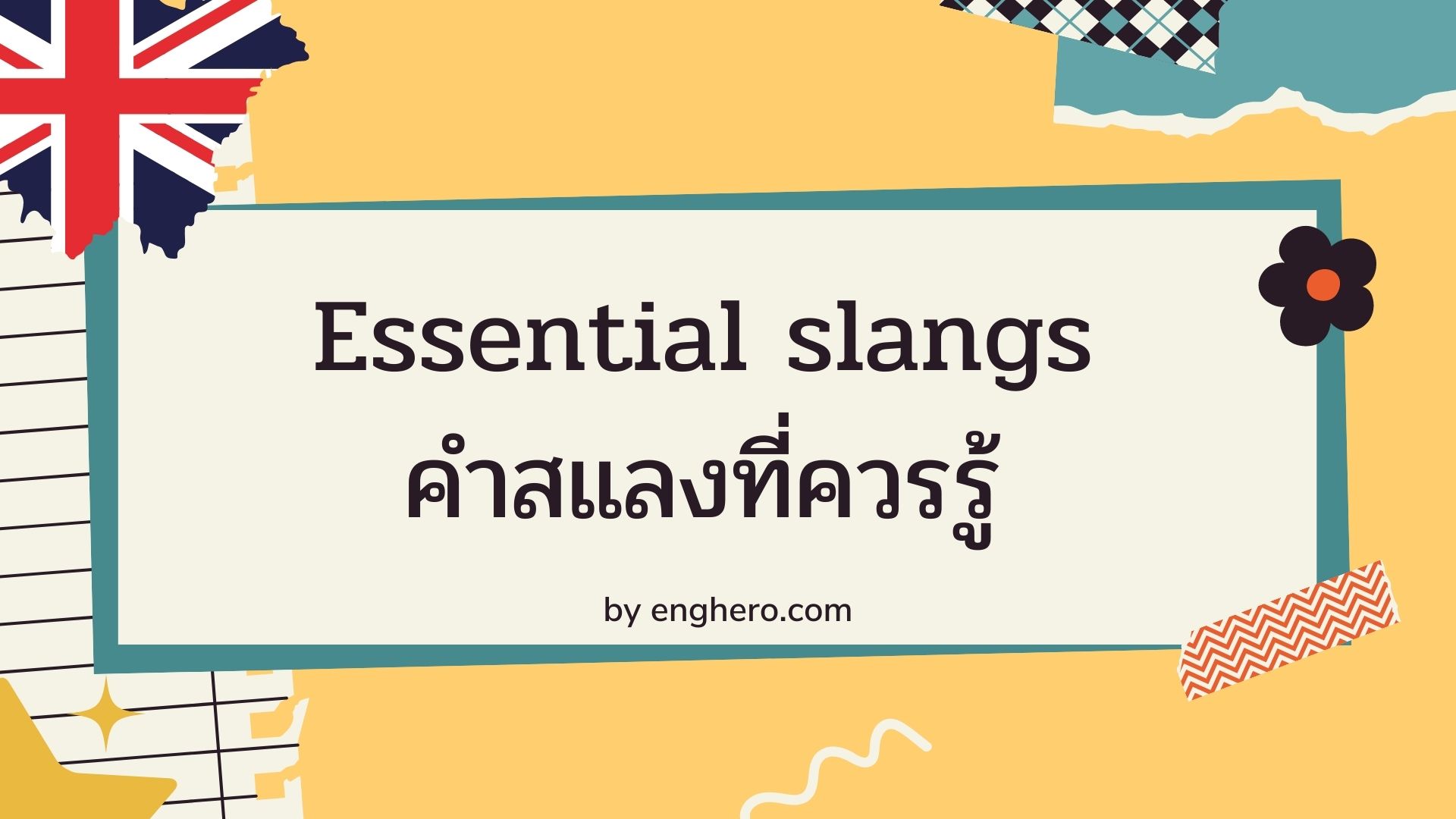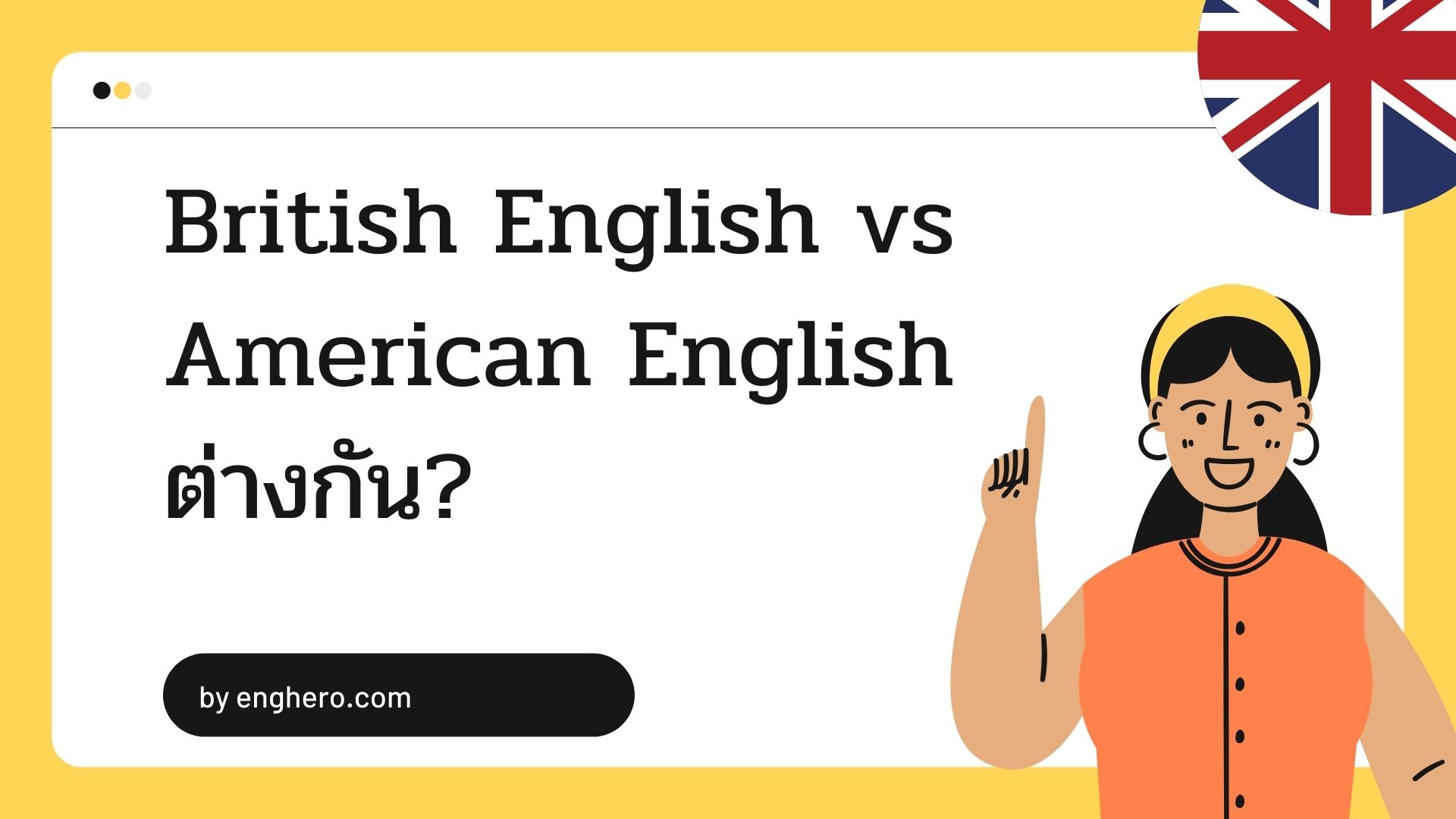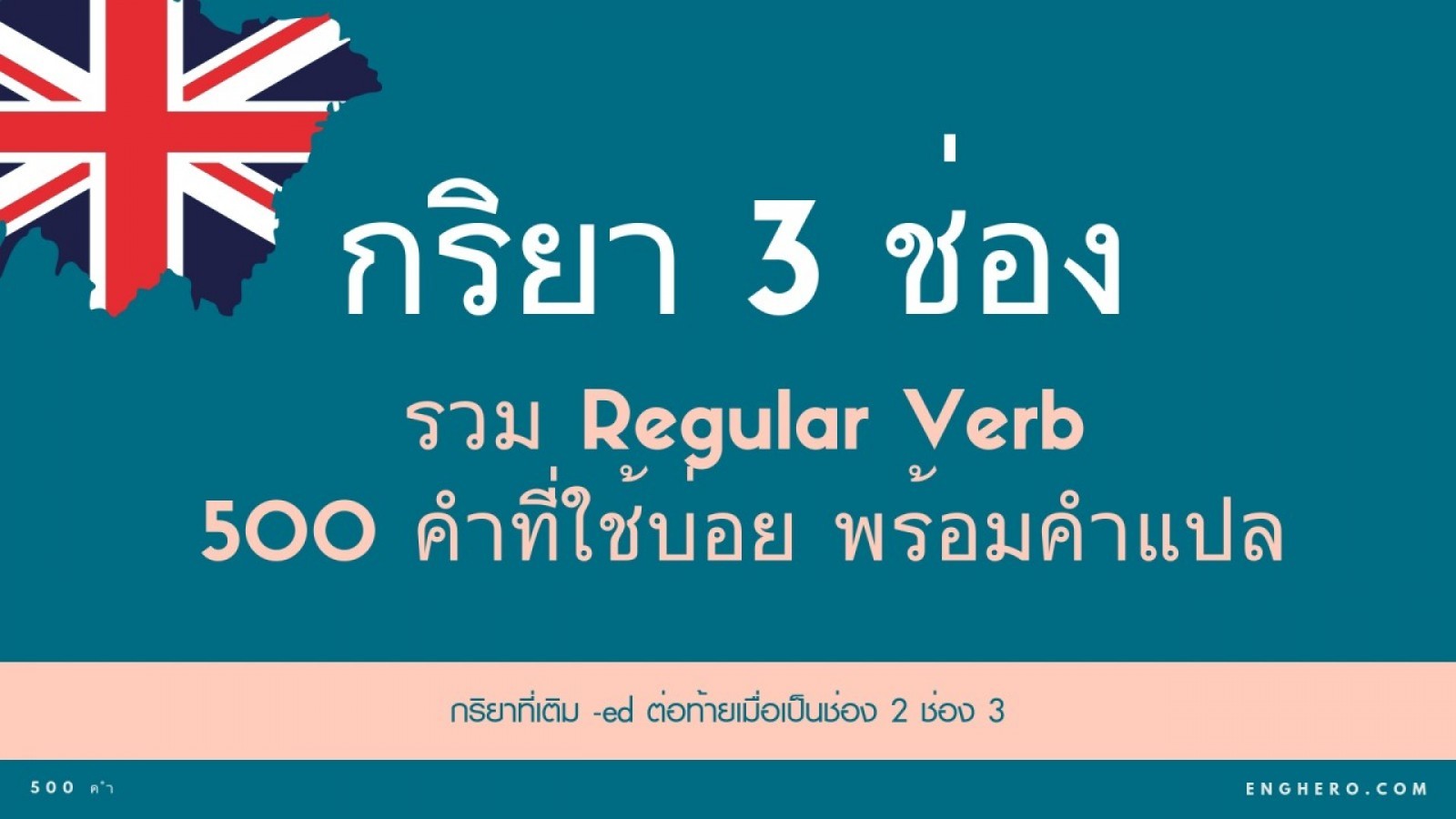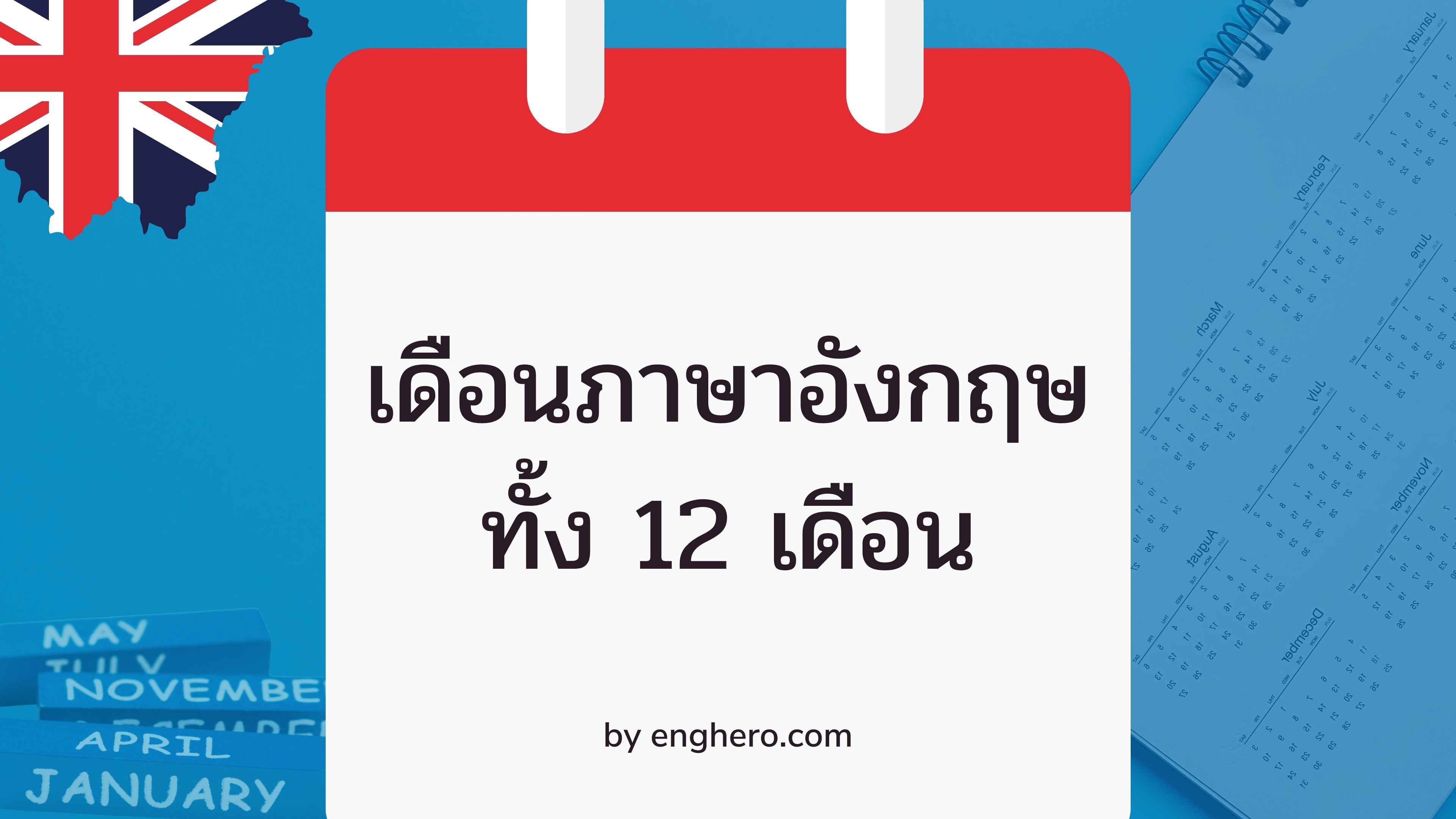การถ่ายทอดคำพูดของผู้อื่น (Reported Speech)
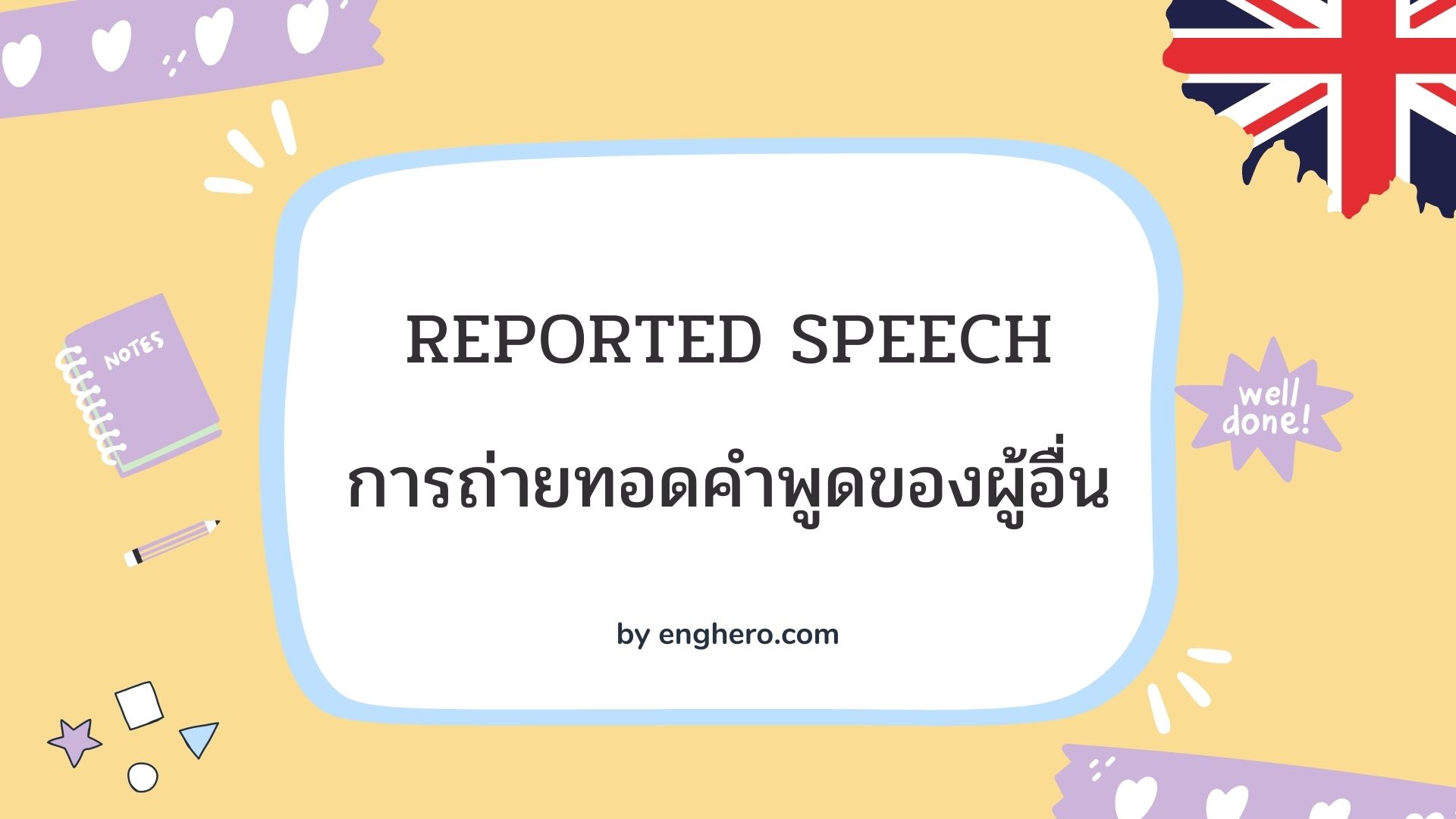
Reported Speech คือ การถ่ายทอดคำพูดของผู้อื่น
Reported Speech คืออะไร?
คือ วิธีการที่เราจะนำเอาคำพูดของใครคนหนึ่งไปเล่าต่อให้คนอื่นฟัง เพื่อให้ผู้ฟังเข้าใจถึงเหตุการณ์ที่เกิดขึ้นกับเจ้าของเรื่อง
รูปแบบของ Reported Speech
Reported Speech มีอยู่ 2 รูปแบบ คือ
- Direct Speech
- Indirect Speech
นอกจากนี้ในตัวของ Reported Speech เอง มีโครงสร้าง 2 ส่วนหลัก ๆ ได้แก่ The Reporting Clause และ The Reported Clause.
- The Reporting Clause จะประกอบด้วยกริยานำ (reporting verbs) ยกตัวอย่างเช่น say, tell, ask, reply, shout ส่วนมากอยู่ในรูปของ Past Simple
- The Reported Clause จะเป็นสิ่งที่ผู้พูดได้เริ่มกล่าวไว้
โครงสร้างของ Reported Speech
| Reporting clause | Reported clause |
|---|---|
| Janny said, | I need a cup of coffee |
| He shouted, | Fire! Fire! Move on. |
ส่วน Direct and Indirect Speech มีรูปแบบดังต่อไปนี้
- Direct speech – คือ การยกเอาคำพูดคนอื่นมาพูดแบบตรงๆ โดยไม่มีการเปลี่ยนโครงสร้างของประโยคแต่อย่างใด ประโยคแบบนี้จะมีตัวช่วยตัวหนึ่งคือ เครื่องหมาย Quotation mark หน้าตาเป็นแบบนี้ “……” ตัวอย่างเช่น
- Emma said, “I will wash all the dishes.”
หรือสลับตำแหน่งกันก็ได้ “ I will wash all the dishes,” Emma said.
** ข้อสังเกตก็คือ หลังประโยคหลักจะคั่นด้วย comma เสมอ และประโยคในเครื่องหมาย quotation mark จะขึ้นต้นด้วยตัวพิมพ์ใหญ่เสมอ แต่ในประโยคตัวอย่างที่สองถ้าเอาประโยคที่เป็นคำพูดไว้ด้านหน้าและใส่ชื่อคนพูดไว้ด้านหลัง เวลาที่จบประโยคในเครื่องหมายคำพูดให้ใส่ comma แล้วค่อยปิดท้ายด้วย quotation mark แล้วจึงใส่ชื่อคนพูด ตบท้าย
- Indirect speech – คือ การยกเอาคำพูดของผู้อื่นขึ้นมาพูด ลักษณะเหมือนเป็นการรายงานหรือปรับรูปประโยคให้เป็นเหมือนคำพูดของผู้เล่าเอง ในลักษณะนี้จึงมีการเปลี่ยนแปลงโครงสร้างประโยคเดิม Indirect speech แบ่งออกเป็น 3 ประเภทด้วยกันคือ
2.1 Indirect speech – statement คือการรายงานประโยคบอกเล่าหรือปฏิเสธ
2.2 Indirect speech – commands, requests and suggestions คือ การรายงานประโยคที่เป็นประโยคขอร้อง ประโยคคำสั่ง หรือ ขออนุญาต
2.3 Indirect speech – question คือการรายงานประโยคที่เป็นคำถาม
หลักการเปลี่ยน Indirect speech – statement
ในการเปลี่ยนจาก direct speech เป็น indirect speech นั้น วิธีการและขั้นตอนยุ่งยากเอาการพอสมควร เพราะต้องมีการเปลี่ยนโครงสร้างประโยค โดยเฉพาะเปลี่ยน tense ของประโยคที่เขาพูดมา และต้องเอา comma ออก แล้วใส่ said that หรือบางครั้งอาจจะใช้ complained that, admitted that แล้วแต่กรณี ดังนี้
Present simple tense ———->> past simple tense
เช่น
Direct speech : The officer said, “We work for the town council.”
Indirect speech : They said they worked for the town council.
Present continuous tense ————>> past continuous tense
เช่น
Direct speech : Marry said, “I’m doing the washing.”
Indirect speech : Marry said she was doing the washing.
Past simple tense ————->> past perfect tense
เช่น
Direct speech : He said, “I decided to leave earlier today.”
Indirect speech : He said he had decided to leave earlier that day.
Past continuous tense —–>> past perfect continuous tense
เช่น
Direct speech : She said, “I wasn’t telling the truth.”
Indirect speech : She admitted that she hadn’t been telling the truth.
Present perfect tense ———->> past perfect tense
เช่น
Direct speech : She said, “My guest haven’t arrived yet.”
Indirect speech : She said her guest hadn’t arrived yet.
Future simple tense (will) —–>> Future (past form) tense (would)
เช่น
Direct speech : She said, “I will submit my homework tomorrow.”
Indirect speech : She said she would submit her homework the following day.
Can ————->> could
เช่น
Direct speech : Tom said, “I can’t say any more.”
Indirect speech : Tom said he couldn’t say any more.
May ———–>> might
เช่น
Direct speech : The manager said, “The company may cancel the trip.”
Indirect speech : The manager said the company might cancel the trip.
** แต่ในกรณีที่ข้อความนั้นหรือความรู้สึกนั้นเป็นความจริงเสมอ หรือยังเป็นความจริงอยู่ในขณะนั้น เมื่อนำคำพูดมารายงานจะไม่มีการเปลี่ยน tense ของประโยค นอกจากจะเปลี่ยน tense แล้ว ยังมีการเปลี่ยนคำสรรพนาม คำบอกเวลา หรือคำแสดงระยะจากใกล้เป็นไกลด้วย ตัวอย่างเช่น
Year / month ago ———-> year / month before
Next…(week/month/year) ———-> the following ……
Now —————-> then, at that time
Today —————> that day
Tomorrow —————> the following day
Yesterday —————-> the day before
Here ——————-> there
This ————-> that
These ————–> those
ตัวอย่างเช่น
Direct speech : Sarah said, “I arrived here an hour ago.”
Indirect speech : Sarah said (that) she had arrived there an hour before.
Direct speech : The students said, “We will start our course next month.”
Indirect speech : The students said they would start their course the following month.
Direct and Indirect Speech (2)
ในตอนที่ 1 ได้พูดเกี่ยวกับ direct speech และการเปลี่ยนประโยคบอกเล่าและปฏิเสธของ direct speech เป็น indirect speech ในตอนที่ 2 นี้เราจะมาต่อกันที่ การเปลี่ยนเป็น indirect speech ในประโยคคำถามและประโยคคำสั่งและขอร้อง
หลักการเปลี่ยนประโยคคำถามเป็น indirect speech
ในการเปลี่ยนประโยคคำถามจะแบ่งออกเป็น 2 ลักษณะคือ
- ประโยคคำถามที่เป็น Yes/No question
ในประโยคคำถามเราจะไม่ใช้กริยาในประโยคหลักเป็น say/said แล้ว แต่จะใช้เป็น ask, inquire, want to know หรือ wonder แทน ส่วน Tense ก็จะมีการเปลี่ยนเช่นเดียวกับประโยคบอกเล่า
ในประโยคคำถามจะใช้ if, whether, whether…or not หรือ whether or not ในการเชื่อมประโยคแทน และจะไม่ใส่เครื่องหมาย ? ท้ายประโยค รูปประโยคจึงมีหน้าตาเหมือนกับประโยคบอกเล่าธรรมดา แต่มีความหมายเป็นคำถาม ตัวอย่างเช่น
- The reporter asked if his union had agreed the new pay deal.
- Sarah wanted to know that whether the Minister had answered her questions or not.
- He wondered if that soup tasted good.
- ประโยคคำถามที่ขึ้นต้นด้วย Wh-question
คำกริยาหลักในประโยคยังคงเหมือนกับแบบ Yes/No question เพียงแต่ใช้คำแสดงคำถามหรือ Wh-question words เข้ามาเชื่อมประโยคแทน และการเรียงลำดับคำในประโยคจะเรียงเหมือนกับประโยคบอกเล่า (ประธาน + (กริยาช่วย) + กริยา + กรรม) จะไม่เหมือนการเรียงประโยคคำถาม ( Wh-words + กริยาช่วย + ประธาน + กริยา) เช่น
Direct speech : He said to me, “Where is my bag?”
Indirect speech : He asked where his bag was.
Direct Speech: She said to him, “How did you make it?”
Indirect Speech: She asked him how he had done it.
หลักในการเปลี่ยนประโยคคำสั่ง อนุญาต เสนอแนะ และขอร้องเป็น Indirect speech
หลักในการเปลี่ยนก็จะมีการเปลี่ยน tense เช่นเดียวกัน แต่คำกริยาหลักในประโยคจะเปลี่ยนเป็นกริยาดังต่อไปนี้
ask (ร้องขอ) command (สั่ง) order (สั่ง)
advice (แนะนำ) propose (แนะนำ) warn (เตือน)
forbid (สั่งห้าม)
เราจะใช้ to + V1 ในการขอร้อง แนะนำ บอก หรือ สั่งให้ทำ ถ้าเป็นปฏิเสธให้ใช้
not to + V1 อีกประการหนึ่งก็คือถ้าประโยค Direct Speech นั้นไม่มีกรรม ให้เติมกรรมลงไปในประโยค Indirect Speech ด้วย และถ้าหากมีคำว่า “please” ในประโยค Direct Speech ให้ตัดทิ้งด้วยเช่นกัน เช่น
Direct Speech: He asked, “Please let me go to the party.”
Indirect Speech: He asked me to let her go to the party.
Direct Speech: Doctor advised, “Don’t smoke”
Indirect Speech: Doctor advised me not to smoke.
ขอบคุณและศึกษาเพิ่มเติมได้ที่ www.oxbridge.in.th

พูดคุย
ร่วมให้กำลังใจหรือติชม

